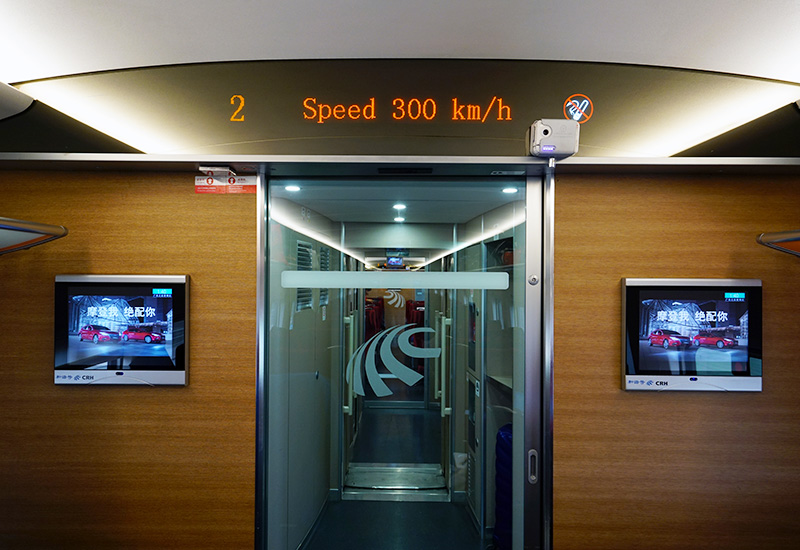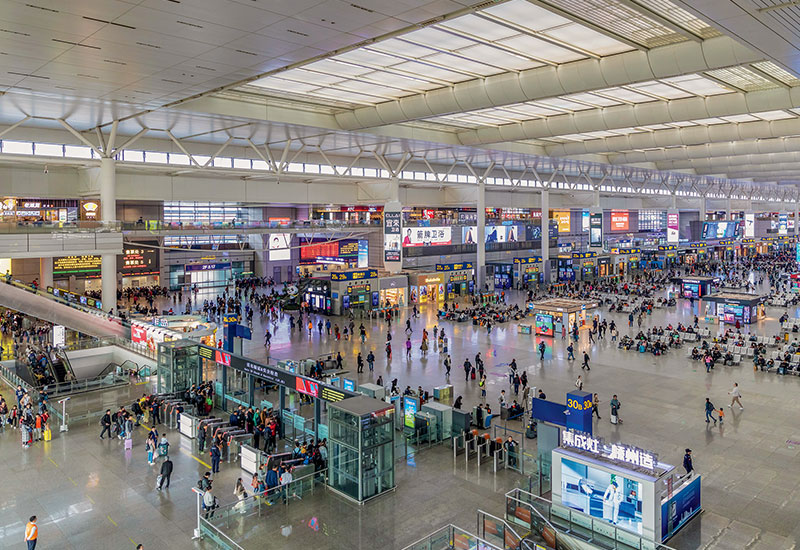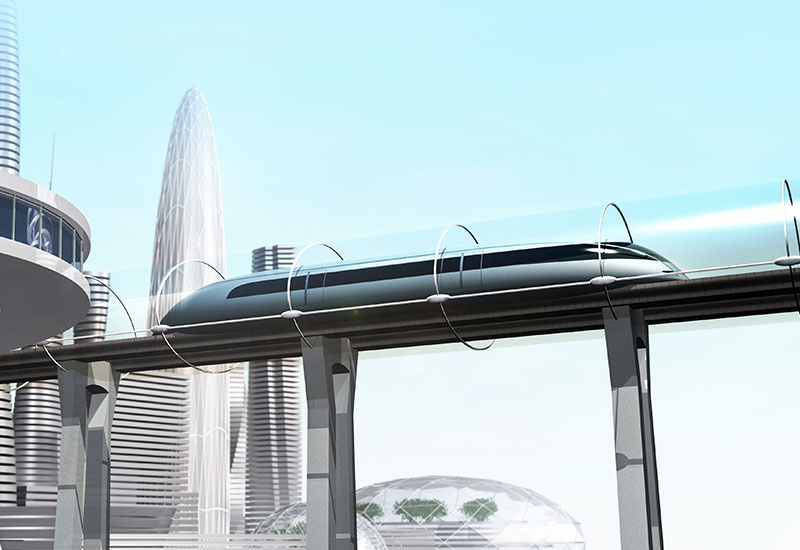
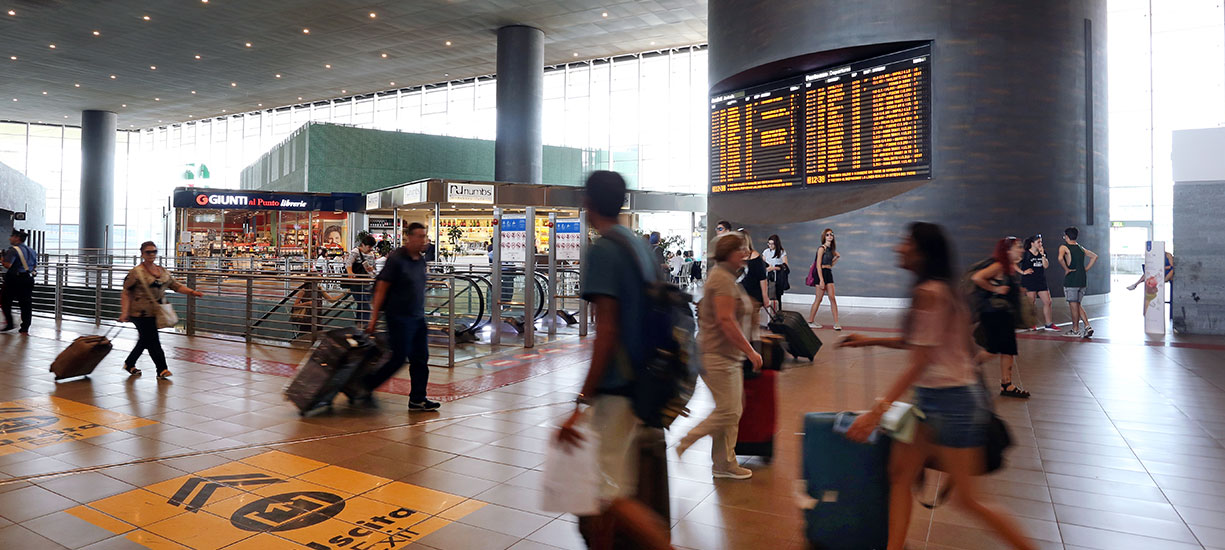
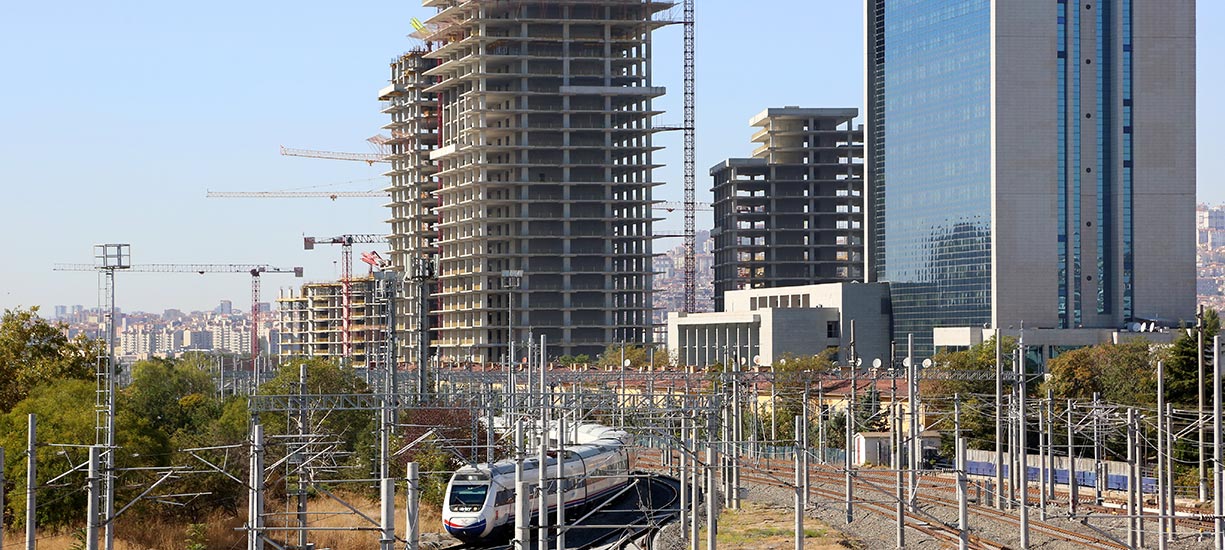
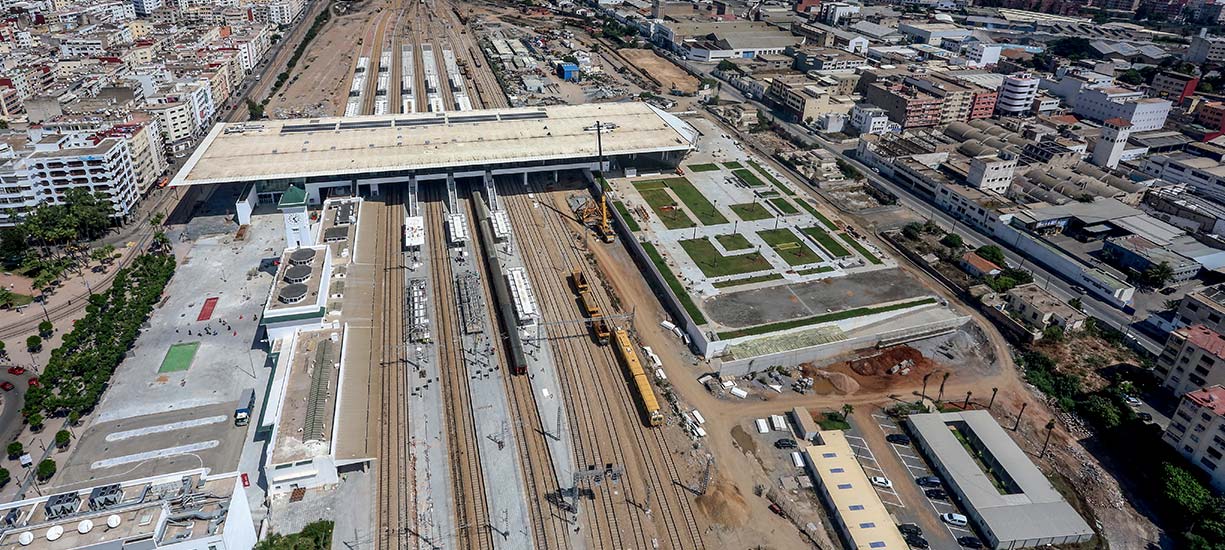
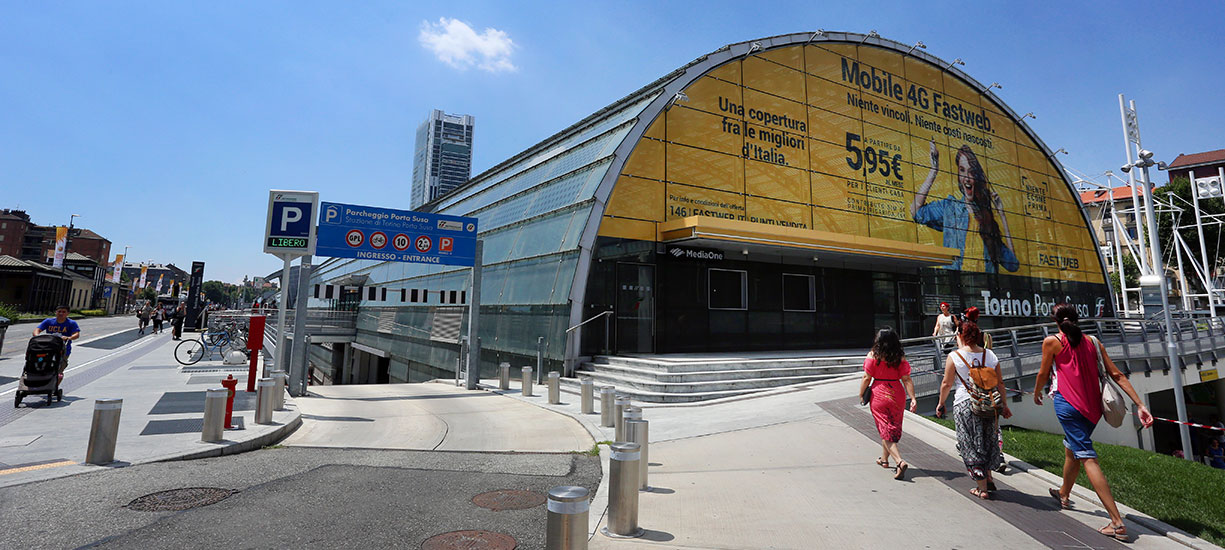

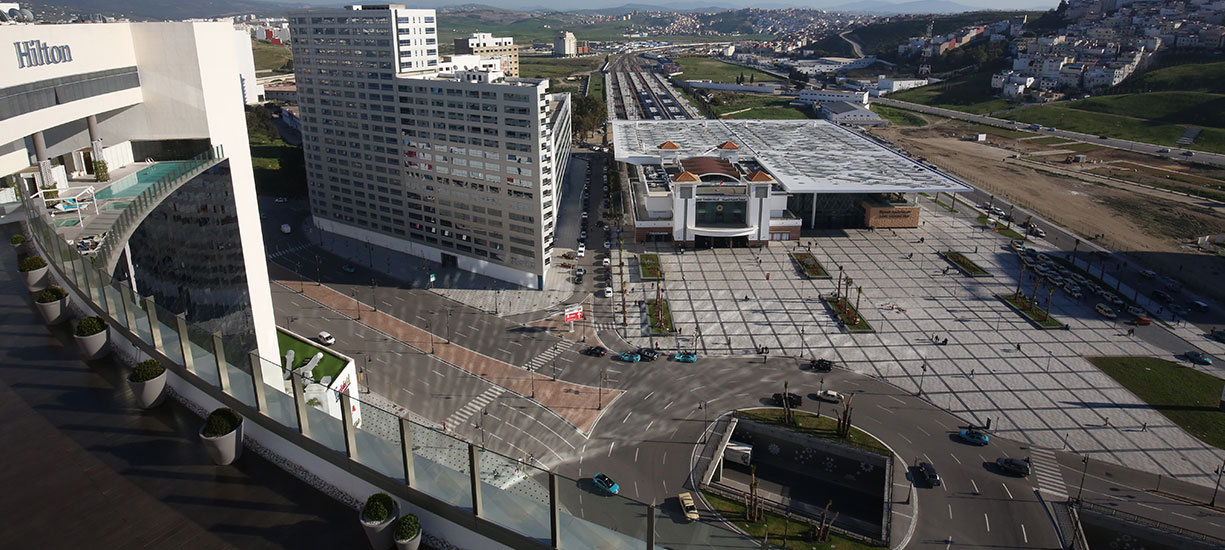
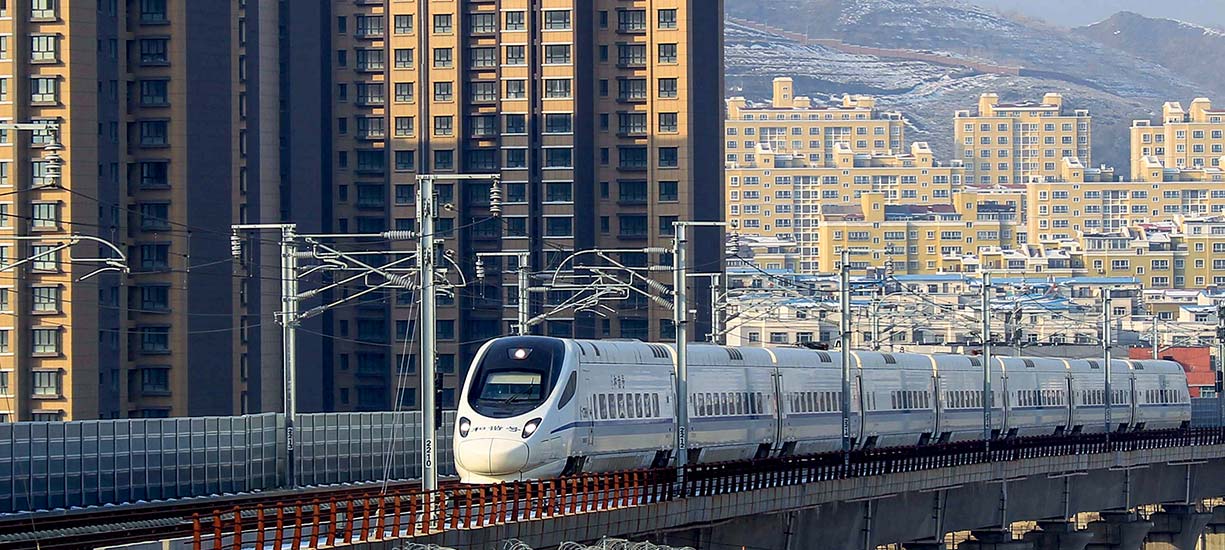

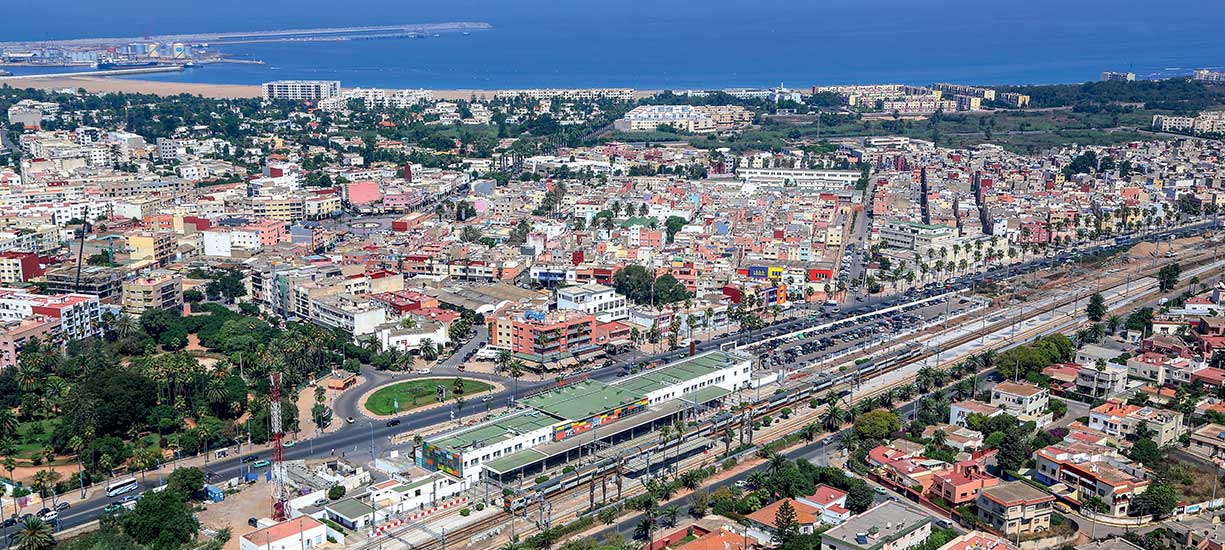

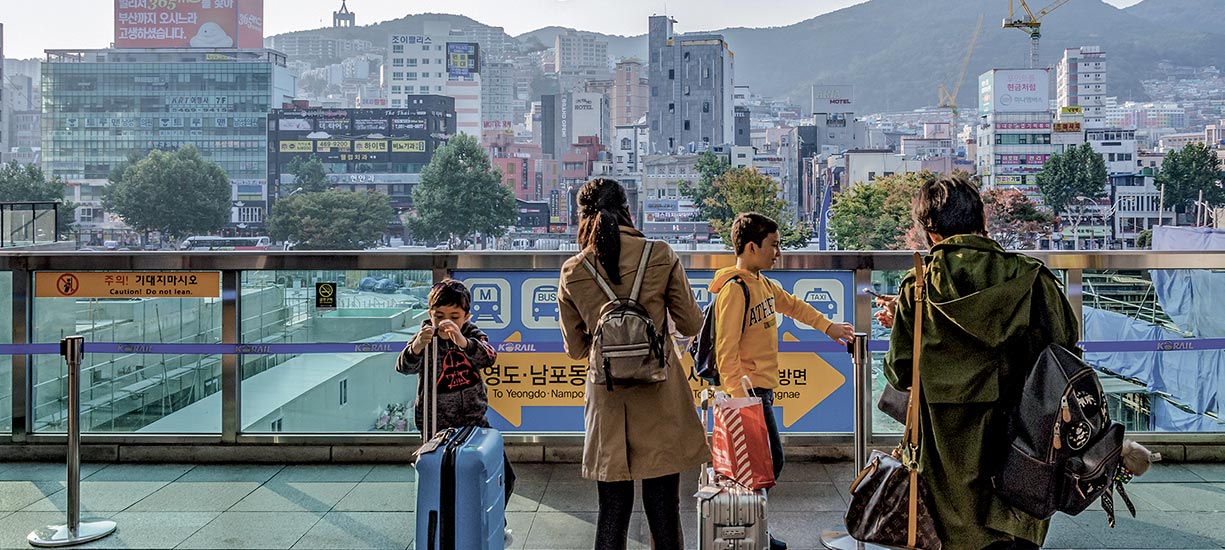
High-Speed rail & Territory Development
Transport and land use are often linked, more or less closely according to the country. By favouring mobility and facilitating exchange and communications, high-speed rail has become an asset for impacted territory and the object of significant expectations from both populations and public authorities. As a symbol of modernity, speed, and dynamism, it reinforces the attractiveness of a region. High-speed rail accompanies economic development, promotes certain areas, improves life quality for citizens, and encourages touristic activity. Integrating a high-speed network is a consecration for any city, and a source of pride for its inhabitants.
Summary
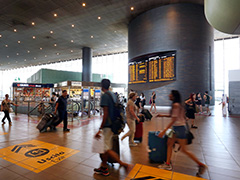
IMPACT ON MOBILITY
High-speed lines respond to populations’ need for mobility. They make it possible to transport a large number of passengers at increased speed and frequency. High-speed rail alleviates traffic congestion in metropolises, relieves motorways and their surroundings as well as oft-overused roads and conventional rail lines. They bring cities closer together, as the distances separating them is now calculated by number of hours rather than in kilometres. Thanks to frequent timetables and improved comfort, high-speed simplifies the life of millions of individuals in the world. In the megalopolises of China, Korea, and Japan, high-speed trains take on a regional function for suburbanites who work in city centres.
Mobility is in constant augmentation with the demographic evolution of certain countries. It is necessary given the mutations of society – dispersed or recomposed families, young students far from their parents’ homes – and modes of work – teleworking, partial relocation of activity, daily round-trips from one city to another. Specialisation in some cities in the fields of aeronautics, metallurgy, automobile, pharmaceutical or other industry make rapid industrial and commercial exchange absolutely indispensable.
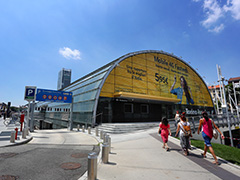
ESTABLISHING NEW DISTRICTS
Since the origins of rail, laying rail has always influenced land use and contributed to the development of metropolises served by rail. The arrival of a high-speed line into any station generally entails urban transformation. If the railway crosses a city, it is an opportunity for the municipality to cover the tracks, thus creating new walkways for pedestrians or green spaces. Level crossings are prohibited on high-speed lines, so road bridges and rail bridges are reconfigured for city land use planning. Rail stations benefit the most from these new urban projects, notably with the beautification of their surroundings. Districts isolated from each other for decades by rail tracks are often reconciled, thanks to the creation of new above-track access to stations or, alternatively, bridge-stations that straddle the track. High-speed is a boon to creating or maintaining a pleasant lifestyle, thus attracting individuals and businesses.
In major cities, rail station renovation is accompanied - in function of available space – by the establishment of a commercial district with shopping centres, restaurants, residential properties and hotels. Alternatively, rail stations built outside of downtown areas allow for the construction of new cities. This represents an opportunity for economic stakeholders to acquire available land that is at more competitive prices than in-city. The success of these developments depends in part on the size of the agglomeration, the frequency of train stops, and the political will of local communities to create a real urban project.
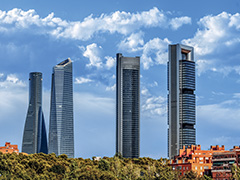
AN OPPORTUNITY FOR ECONOMIC DEVELOPMENT
High-speed rail is a formidable opportunity for the development of regions crossed, especially when the line reinforces an existing economic dynamic. With the arrival of high-speed, major cities see an increase in attractiveness, drawing investors and companies. By facilitating exchange, high-speed favours the installation or decentralisation of companies, administrations, or higher learning institutions. It can also be a lever for competitivity and regional employment. In China, high-speed has proved to be a geopolitical tool for territorial integration. An increasingly dense high-speed network has brought together cities that were once separated by more than 15 hours on conventional rail, thus contributing to the facilitation of economic exchange.
The high-speed effect is multiplied when cities develop plans to convert land, notably around the rail station, into business, shopping, or service zones. Companies that move into areas in the vicinity of a high-speed rail station reap the benefits of being closer to headquarters, saving time and increasing mobility for employees, and consequently improving performance. Throughout the world, thousands of executives use high-speed rail as a mobile office.
In some countries, high-speed is also a powerful tool to free up the conventional network, which can then be dedicated to freight transport. This last point is particularly interesting for nearby logistics companies, which can avoid transportation by motorway for merchandise, reducing carbon emissions as well as cost.
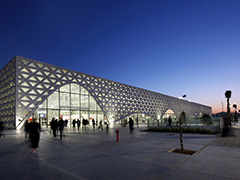
THE CHOICE OF LOCATION FOR A RAIL STATION
The choice of location for a rail station serving high-speed is a fundamental issue for managers of rail infrastructure as well as territorial development, and notably urban improvement. As soon as the route is determined, cities get in line to become one of those chosen for the line. As the objective is rapidity of movement, there will be few stops, and few cities selected. A newly-built rail station - whether renovated or modernised – is destined to accommodate an increasing number of passengers, and is a likely success. Especially if it is widely connected to local transport – suburban trains, metro, tramway, bus, taxis – and equipped with car and bicycle parks. In Asia, gigantic new rail stations dedicated to high-speed lines are often built far from city centres and, in compensation, are very well-served by local transport.
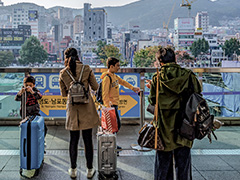
A BOON FOR TOURISM
In some countries, reduction of travel time, linked to a higher standard of living, favours leisure and travel. In countries where employees have limited free time, the effect is opposite, and travellers prefer short getaways at easily accessible locations. High-speed rail offers all of this: a change of scenery just a few hours from home, a short ride and frequent rotations. Companies also appreciate high-speed rail for organising seminars, symposiums or conferences. Rail has large capacity, accessible fares and no need for particular preparation, administrative documents or long hours in line, waiting to embark.
High-speed rail also participates in the development of national and international tourism. Certain agencies offer sightseeing tours, and cross-border trains facilitate synergies with foreign cities (Paris, London-Brussels, Cologne, Amsterdam, Milan, Zurich, Helsinki, St. Petersburg….). Cities chosen to be served by or near to a high-speed line route generally invest in an attractive tourism package, highlighting their specific attractions, featuring culture, events, artisanry or architecture. This argument is also shared by other transport companies, because when the destination is attractive, the trains is likely to be fully booked.
